How to Sew Stretchy Fabric: 3 Easy Steps
Who doesn’t love a good pair of leggings? Learning how to sew stretchy fabric opens the door to making your own leggings along with other fun sewing projects.
Knit fabrics possess a delightful softness and offer exceptional comfort when worn. An added bonus is that raw edges on these fabrics do not unravel, saving us the trouble of finishing them.
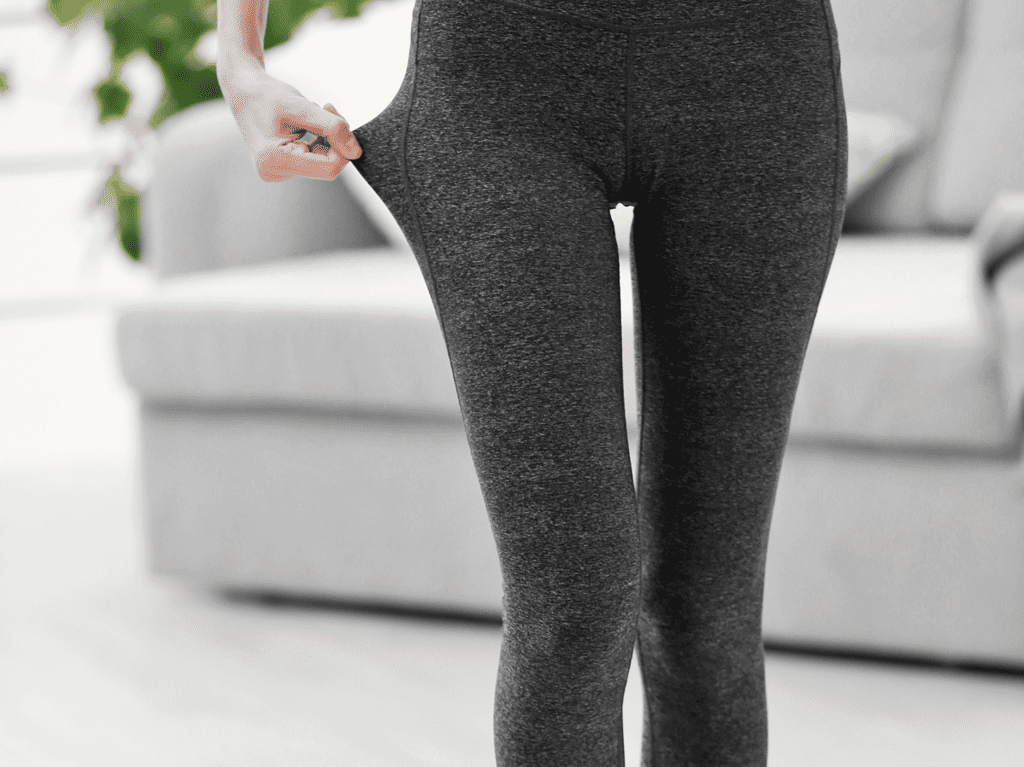
Knit fabrics are extensively used in our everyday wardrobe, including popular clothing items like leggings and t-shirts, which happen to be remarkably straightforward to sew.
Why Sewers Don’t Love Sewing Stretchy Fabric
Sewing stretchy fabrics can be a challenging task, and that’s why some sewers may not enjoy working with them as much as other fabrics. Here are a few reasons why sewing stretchy fabrics can be less favored by some sewers:
- Handling Difficulties: Stretchy fabrics have a tendency to stretch and shift while being sewn, making them more challenging to handle and control. This can result in uneven stitching or distorted seams.
- Special Techniques and Equipment: Sewing stretchy fabrics often requires specific techniques and equipment. For instance, using a regular sewing machine may lead to skipped stitches or stretched-out seams. Sewers may need to employ techniques like using a stretch stitch, a walking foot, or a serger, which may require additional skills or investment in equipment.
- Fabric Stretch and Recovery: Stretchy fabrics have different stretch and recovery properties. It’s crucial to understand how the fabric behaves and stretches to achieve the desired fit. This learning curve can discourage some sewers.
- Finishing Challenges: Finishing edges on stretchy fabrics can be more complex. Traditional methods like hemming or binding may not work as effectively, requiring alternative techniques like using stretchy or decorative trims.
- Limited Design Options: While stretchy fabrics are perfect for comfortable everyday wear, they may not be as versatile for certain design elements or tailored garments. The stretchiness can limit the range of styles and techniques that can be applied.
Despite these challenges, many sewers still appreciate the unique properties of stretchy fabrics and enjoy the rewarding feeling of successfully sewing them.
With practice, patience, and the right techniques, sewing with stretchy fabrics can become a more enjoyable and satisfying experience.

Why You Should Learn to Sew Stretch Fabric
Your most beloved garments are likely crafted from delightful stretchy knit fabrics, especially those you eagerly slip into after a long day of work!
Once you acquire the skill of sewing with stretchy fabric, a world of possibilities opens up, allowing you to create an array of marvelous items, including:
- – Stylish t-shirts
- – Comfortable leggings
- – Cozy scarves
- – Soft and snug dresses
- – Dreamy nightgowns
- – The ultimate pajamas
- – Fashionable cardigans
- – Well-fitting underwear
- – And much more, catering to both men and women
By following three simple steps when embarking on a stretch fabric project—choosing the appropriate needle, thread, and stitch type—you can confidently proceed with each endeavor. I assure you, there’s no need for a Serger (Overlock Machine); a regular sewing machine will work splendidly.
How to Sew Stretchy Fabric Step 1: Choose a Ballpoint Needle
The first step when working with jersey fabric, it is crucial to use a ballpoint needle without any ambiguity. This type of needle is also known as a stretch needle or jersey sewing machine needle. Using a regular or sharp needle intended for woven fabrics can result in tearing holes in the delicate knit fibers, which I have personally experienced.
If possible, always opt for a ballpoint needle as your best option for sewing knits. In case of an emergency, a universal needle can be used as a substitute. Universal needles are less pointed than sharp needles but lack the rounded tip of ball point needles.
While marketed as all-purpose needles, I prefer using a ballpoint needle specifically designed for stretch fabrics whenever I embark on a new sewing project, as I find it offers better results and I feel like it’s the right needle for that type of fabric.
For exceptionally delicate stretch fabrics, it may be worthwhile to invest in ballpoint pins as well. These are the best choice as they are specifically designed to minimize damage to the jersey knit fabric while securely holding it in place during the sewing process.
Step #2: Pick the Best Thread for Sewing Stretch Fabric
Chances are, you’re already using polyester all-purpose thread, and if that’s the case, keep up the good work! Polyester thread is widely accessible and suitable for sewing stretch fabrics.
However, if you happen to be using cotton thread (which is often favored by quilters), it’s advisable to switch to polyester thread when working with stretch fabrics. The reason is that polyester thread possesses a slight amount of stretch, making it more resilient when dealing with situations like stretching a t-shirt hem.
Cotton threads, on the other hand, lack any stretch properties, so it’s best to reserve them for your quilting projects where their non-stretch characteristics are desired.
Remember to use polyester thread in both the upper thread and the bobbin to ensure consistent results and optimal seam strength when working with stretch fabrics.
Step #3: Use the Best Stitches for Sewing Stretch Fabric
Out of the three points mentioned, this is likely the most crucial knowledge to possess. Knit fabrics are adored for their stretch, but even when using polyester thread, a straight stitch seam will not provide sufficient stretch to accommodate the fabric’s stretchiness.
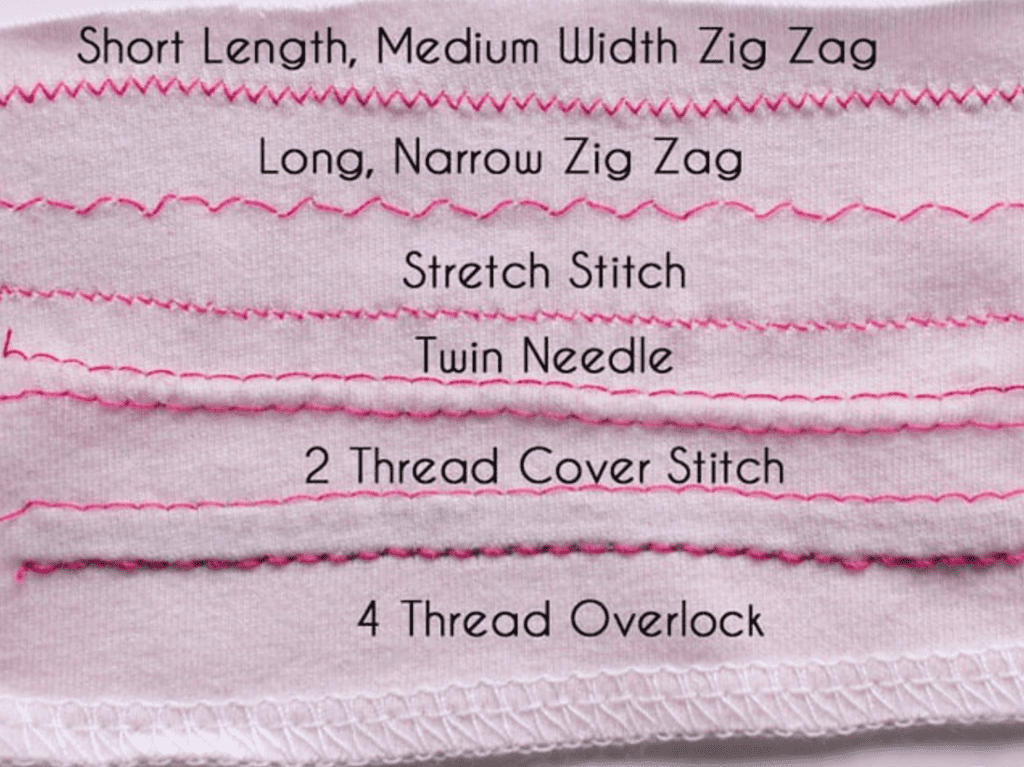
Photo courtesy of Melly Sews
Fortunately, there’s a solution. A serged seam has the desired stretch, but if you don’t own a serger (also known as an overlocker), worry not! Your regular home sewing machine will suffice.
Simply adjust your sewing machine to a narrow zigzag stitch. In my case, I typically set the width to about 0.5-1 and the stitch length to 3 (refer to the accompanying photo).
Zigzag stitches possess a moderate amount of stretch, making them ideal for sewing knit fabrics, including hems. By employing a zigzag stitch, you can achieve excellent results and ensure that your seams can accommodate the fabric’s stretch without compromising their durability.
If you remain skeptical, I encourage you to conduct a simple test for yourself. Cut four pieces of knit fabric, each measuring 3″ x 10″. Take two of the pieces and sew a 10″ seam using a straight stitch.
Then, take the other two fabric pieces and sew a 10″ seam using a narrow zigzag stitch. Now, give each seam a gentle stretch. Did the straight stitches pop? Were you able to stretch the zigzag seam to some extent?
This test is an excellent way to determine the stitching approach that works best for your specific knit fabric. Since different knits have varying amounts of stretch, this test helps you identify the ideal stitch length and zigzag width for your particular project.
Additionally, you may want to check if your sewing machine offers specialty stitches such as a ‘stretch stitch’ or a ‘lightning bolt’ stitch. These stitches are usually designed specifically for sewing stretchy fabrics and often require no additional adjustments.
Some sewing machines even have a triple stitch option, which creates a highly secure seam on knit fabrics. It’s important to note that a regular straight stitch provides minimal stretch, making it less suitable for sewing stretch fabrics like jerseys, double knits, and especially 4-way stretch fabrics like Lycra.
In any case, I recommend practicing on a couple of layers of fabric scraps until you achieve a satisfactory stitch appearance, ensuring the fabric lays flat. Once you have accomplished this, you will be well-prepared to sew your knit fabrics with confidence!
Try a Double Needle
To achieve a polished and professional-looking hem with a “fake overstitch” appearance, consider using a twin needle on your sewing machine.
Surprisingly, a double needle can create a remarkably stretchy hem, and I’ve never experienced one popping. It’s a great needle to try when learning how to sew a stretchy fabric.
Interestingly, a double needle produces a stitch pattern that closely resembles the zigzag stitch. If you examine the underside of a hem sewn with a double needle, you’ll notice the presence of zigzag stitches.
If you’re uncertain whether your sewing machine is compatible with a double needle, the answer is most likely yes. Any sewing machine capable of sewing zigzag stitches can accommodate a double needle. Here’s how you can begin sewing with a double needle:
1. Select a suitable double needle size for your project (typically indicated as 2.5/80, 4.0/90, etc.). Ensure that the needle fits your sewing machine.
2. Insert both threads into the machine’s needle threaders, following the instructions provided with your machine.
3. Thread the machine as usual, but be sure to thread both needles separately.
4. Set your machine to the straight stitch or zigzag stitch mode, depending on your preference.
5. Place your fabric under the presser foot, aligning the edge you wish to hem.
6. Sew slowly and evenly, guiding the fabric to maintain a consistent seam allowance.
By utilizing a double needle, you can achieve a professional-looking hem that mimics the appearance of an overstitch.
It offers excellent stretch and durability, making it a valuable technique for sewing stretch fabrics. It’s a great skill when learning how to sew stretchy fabrics.
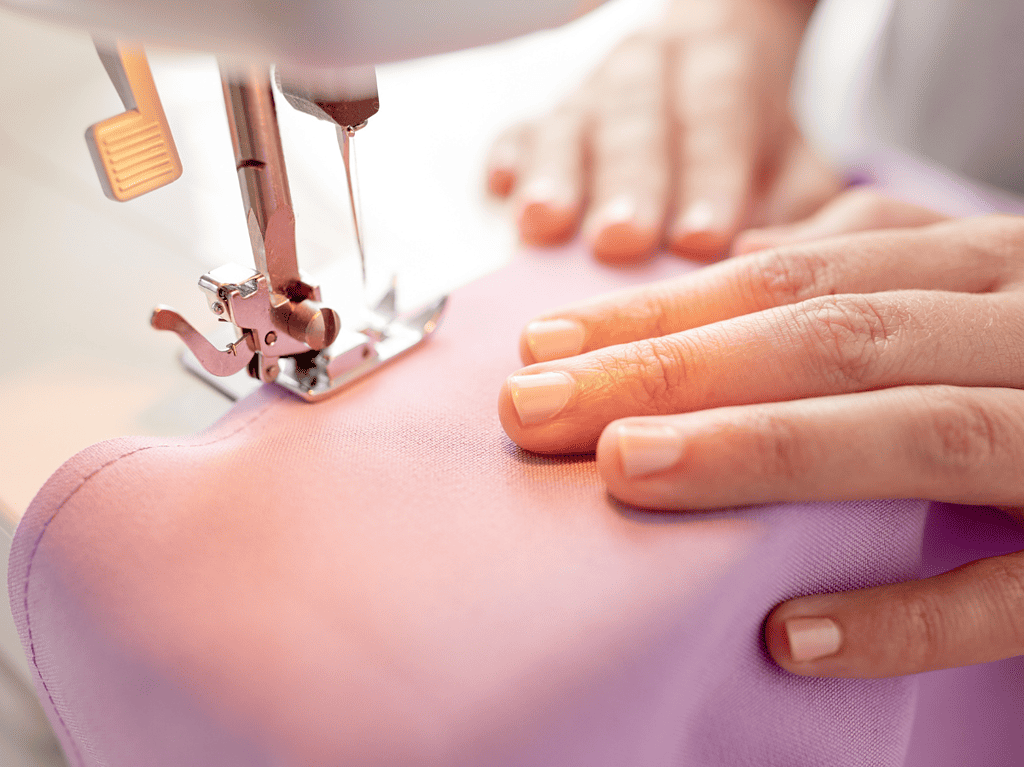
Try a walking foot
If you have experimented with the aforementioned techniques and find that your knit fabric seams could still use improvement, consider using a walking foot on your sewing machine.
When learning how to sew stretchy fabrics here’s a step-by-step guide on how to attach a walking foot:
1. Ensure that your sewing machine is turned off and unplugged for safety.
2. Locate the presser foot attachment screw on your machine. Loosen this screw to remove the current presser foot.
3. Take your walking foot and position it on the presser bar, aligning the foot’s forked arm with the bar.
4. Tighten the presser foot attachment screw securely to hold the walking foot in place.
5. Connect the walking foot’s lever to the needle clamp screw on your machine, ensuring a snug fit.
6. Turn on your sewing machine and test the movement of the walking foot by manually turning the handwheel.
A walking foot is designed to assist in moving both the top and bottom layers of fabric simultaneously with the feed dogs, helping to prevent shifting and stretching.
Many experienced sewists who have learned how to sew stretchy fabrics swear by the use of a walking foot when working with knit fabrics, as it promotes more even and consistent stitching.
By employing a walking foot, you can further enhance the quality of your knit fabric seams, achieving professional-looking results and minimizing potential issues related to fabric movement.
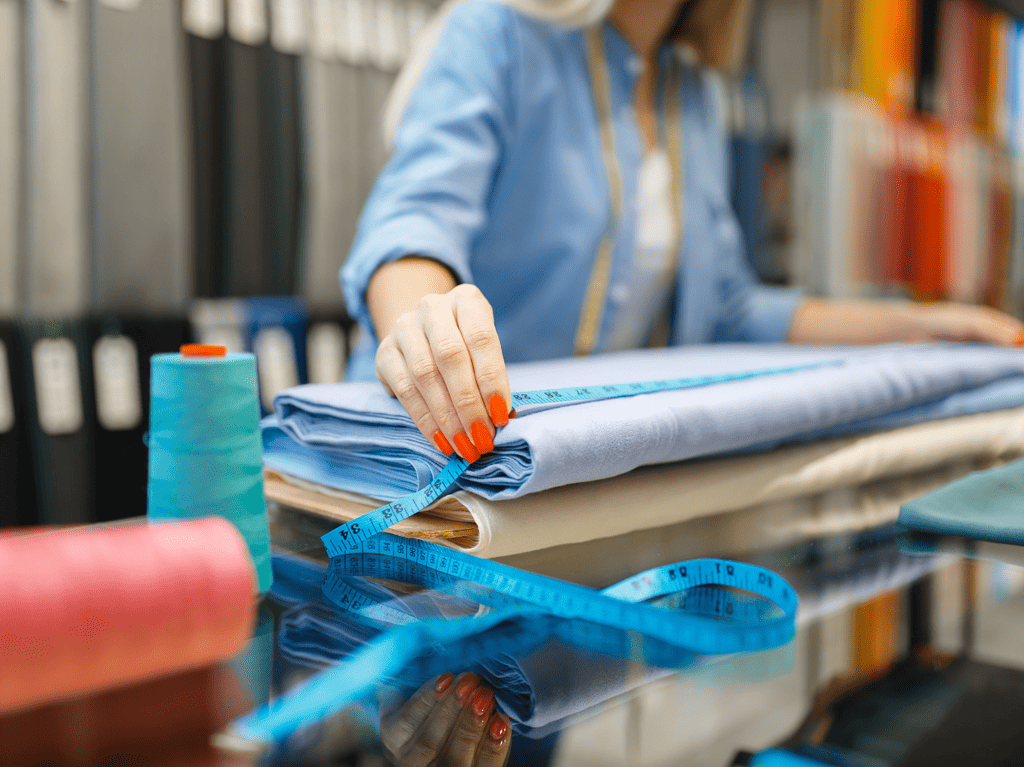
Tips for Buying Stretchy Fabrics
When venturing out to shop for stretchy fabrics, you’ll encounter a variety of names to look out for. Keep an eye out for fabrics labeled as spandex, lycra, jersey, single knit, double knit, and scuba knit.
Take the time to explore and familiarize yourself with these beautiful fabrics during your visit to the fabric store. This is a key in learning how to sew stretchy fabrics.
For lightweight projects like t-shirts, flouncy dresses, comfortable underwear, and summer cardigans, opt for lightweight jersey fabrics. Lycra fabrics, known for their 4-way stretch fabric, are perfect for creating swimsuits, leggings, and sportswear.
Thicker double knits, on the other hand, lend themselves beautifully to pants, skirts, and cardigans.
As you embark on your first knit project, consider selecting a fabric that doesn’t curl at the edges. Flat and “stable” knits are generally easier to work with.
However, if you’re drawn to a fabric that does curl, I recommend purchasing a few extra inches to allow for cutting out your pattern without incorporating the curled edges.
This will save you time and frustration. If needed, you can also try using spray starch and a warm iron to help flatten the edges.
It’s important to note that different fabrics possess varying degrees of stretch—some have 2-way stretch while others have 4-way stretch. Pay close attention to the “direction of stretch” indicated on the fabric and ensure that you align your pattern pieces accordingly.
This aspect is similar to, and even more critical than, following the “grainline” instructions when working with woven fabrics. The direction of stretch, usually along the width of the fabric, should align with the body.
When purchasing fabric, consider buying an extra 1/4 yard or more beyond what your pattern recommends.
This becomes especially important when shopping at larger fabric and craft stores. Having additional fabric allows for flexibility in case the fabric isn’t cut straight or if it falls slightly short of the width specified by the pattern.
By keeping these tips in mind, you’ll have a more enjoyable and successful experience when learning how to sew stretchy fabric for your sewing projects.
Here are Stretchy Fabric on Amazon with free shipping.
Final Tips on How to sew Stretchy Fabric
When you set out to shop for stretchy fabrics, you’ll come across various names that are worth noting. Look for fabrics labeled as spandex, lycra, jersey, single knit, double knit, and scuba knit.
Take the opportunity to explore and acquaint yourself with these exquisite fabrics during your visit to the fabric store.
For lightweight projects such as t-shirts, flowy dresses, comfortable underwear, and summer cardigans, choose lightweight jersey fabrics. Lycra fabrics, renowned for their 4-way stretch, are ideal for making swimsuits, leggings, and sportswear.
Conversely, thicker double knits work wonderfully for pants, skirts, and cardigans.
When embarking on your first knitting project, consider selecting a fabric that doesn’t curl at the edges. Flat and “stable” knits are generally easier to work with. However, if you’re drawn to a fabric that does curl, I recommend purchasing a few extra inches to allow for cutting out your pattern without incorporating the curled edges. This will save you time and frustration. If needed, you can also try using spray starch and a warm iron to help flatten the edges.
Keep in mind that different fabrics have varying degrees of stretch—some have 2-way stretch while others have 4-way stretch. Pay close attention to the “direction of stretch” indicated on the fabric and ensure that you align your pattern pieces accordingly.
This aspect is similar to, and even more critical than, following the “grainline” instructions when working with woven fabrics. The direction of stretch, usually along the width of the fabric, should align with the body.
When purchasing fabric, consider buying an extra 1/4 yard or more beyond what your pattern recommends. This becomes especially important when shopping at larger fabric and craft stores. Having additional fabric allows for flexibility in case the fabric isn’t cut straight or if it falls slightly short of the width specified by the pattern.
By keeping these tips in mind, you’ll have a more enjoyable and successful experience when working with stretchy fabrics for your sewing projects.
Easy Sewing Patterns
Here are our top 5 easy sewing patterns
Fabric Giveaway
Enter our monthly fabric giveaway. Simply complete the tasks daily and you will be entered into the drawing. Winner will be randomly drawn on the first day of the month and notified via email
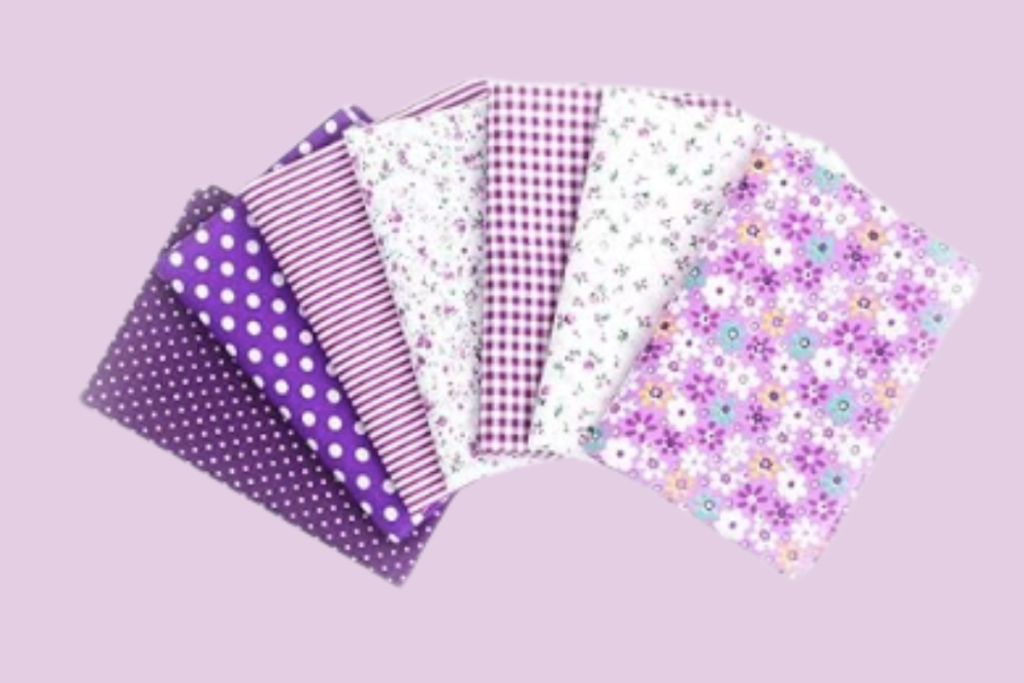

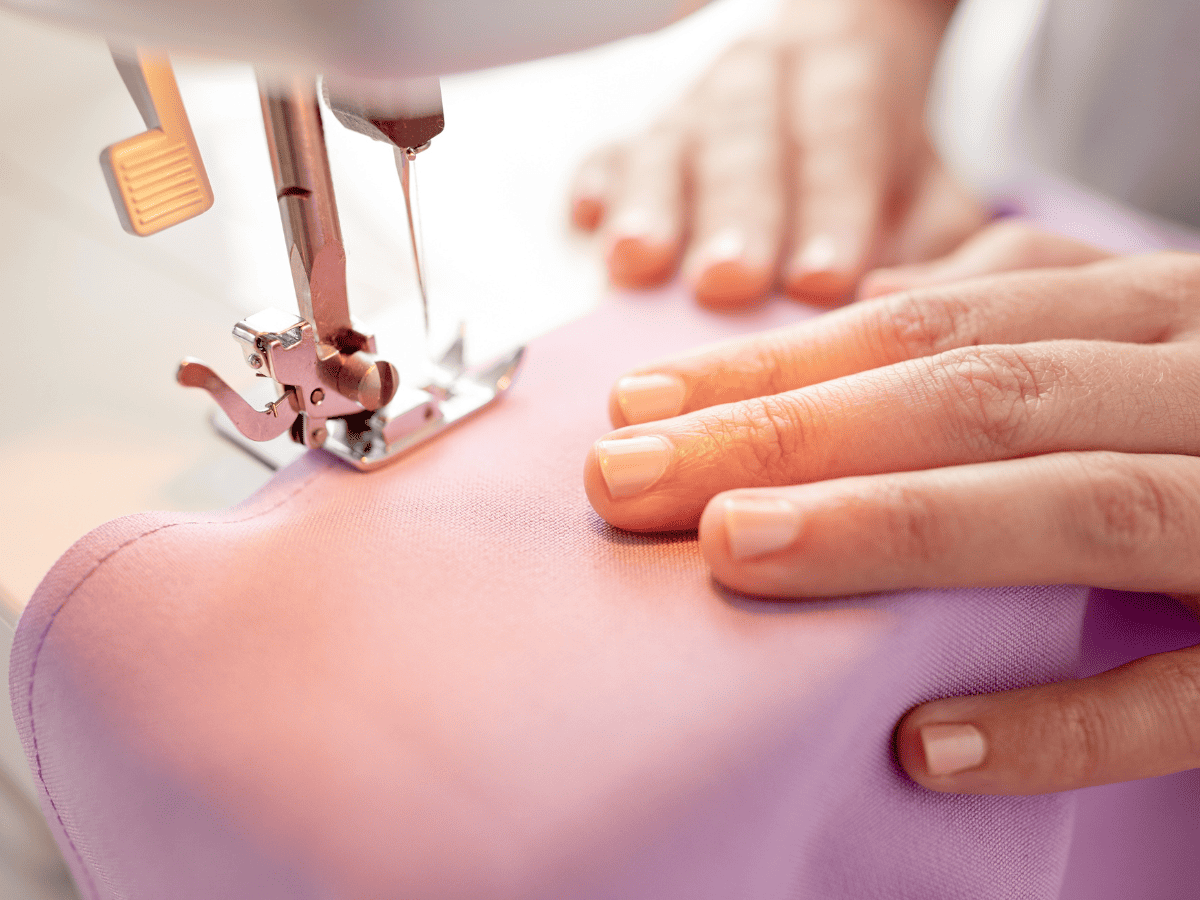
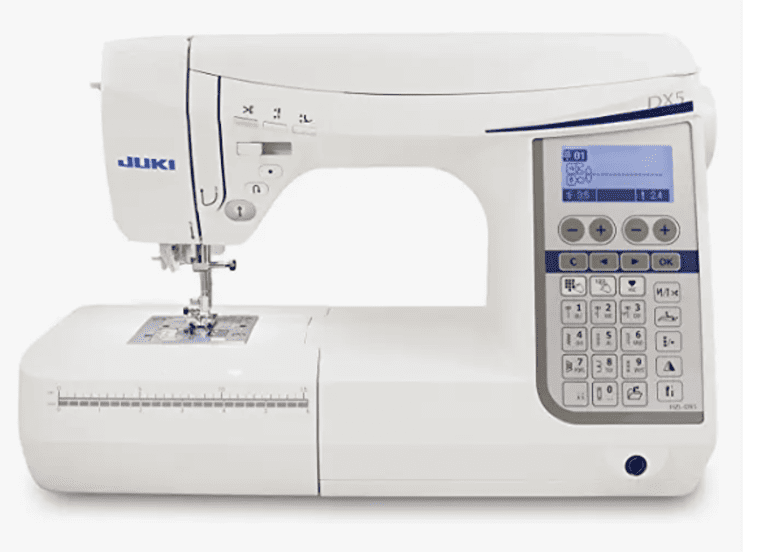
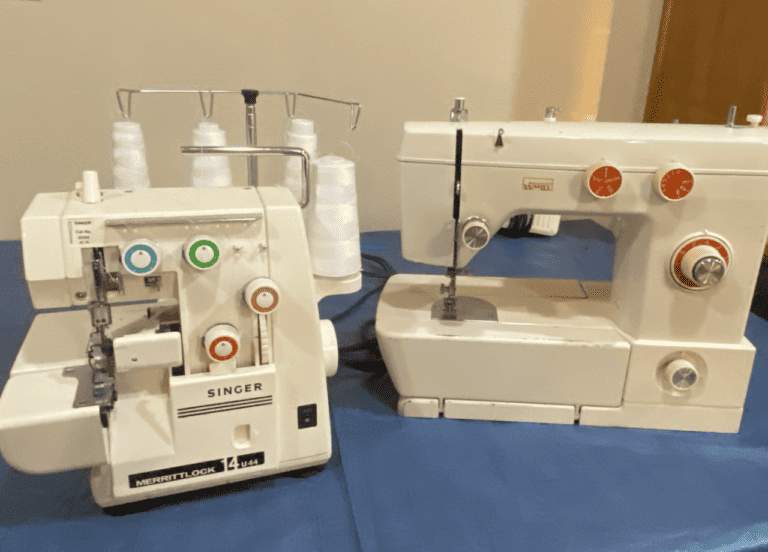
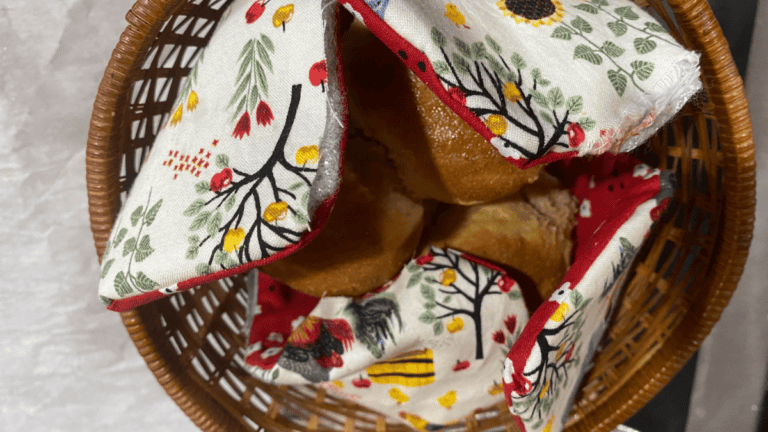
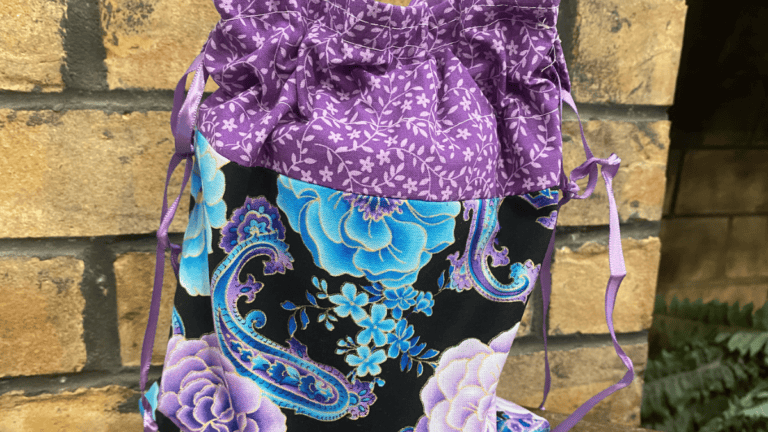
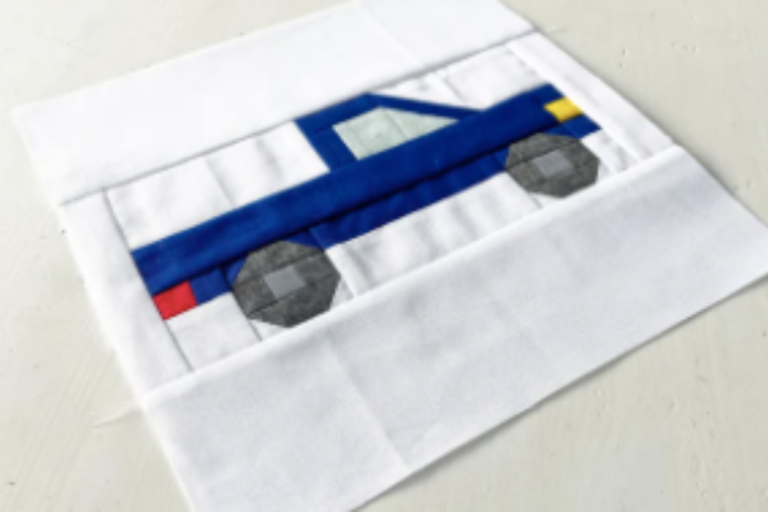
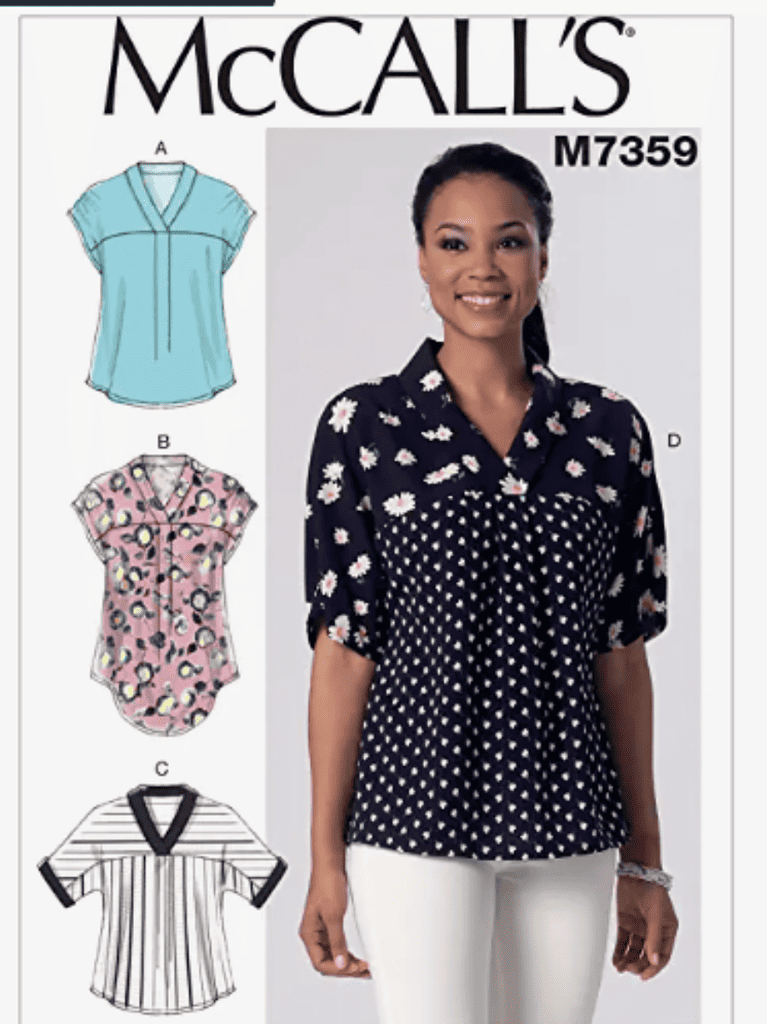
2 Comments